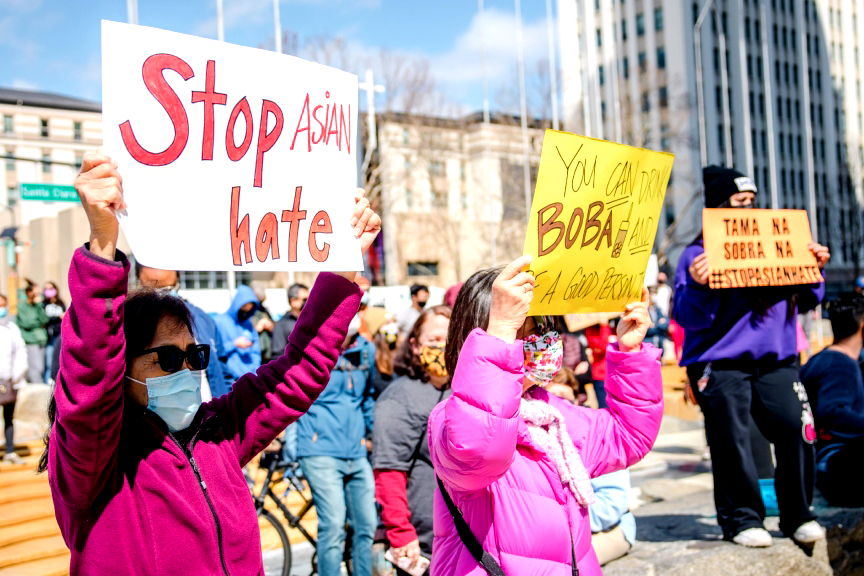Hate crimes in Los Angeles county reach highest levels in 21 years: report


In 2022, reported hate crimes in Los Angeles County reached a 21-year high, according to a report by the LA County Commission on Human Relations.
Record-breaking numbers: The report noted at least 929 people becoming victims of hate crimes in the past year, representing an 18% increase compared to the previous year. It also recounted record-breaking levels of anti-transgender and anti-immigrant incidents, as well as an overall rise in hate crime violence.
African American and Jewish communities were disproportionately hit, with anti-Black violations increasing by 34% and hate crimes against Jews spiking by 59%. Hate based on religion — primarily anti-Jewish — also increased by 41%. Meanwhile, there was a 20% increase in crimes against the LGBTQ+ community, with gay men being the primary targets. And despite a 25% decline in anti-Asian hate crimes, the reported 61 incidents were still the second-highest in the report’s history.
“Nearly every race, ethnicity, nationality and religion has been targeted for hate crime in our county,” Robin Toma, executive director of the Commission on Human Relations, said at a news conference last week, as per the Los Angeles Times.
LA vs. Hate initiative: The rise is partly attributed to improved reporting facilitated by the LA County Human Relations Commission’s anti-hate system, LA vs. Hate. The initiative aims to address the alarming trend by encouraging victims, especially those who do not feel comfortable going to law enforcement, to come forward and speak out.
“This growth is due in part to better reporting because of what also happened in 2022,” Toma told ABC7. “Victims of hate reported to the county’s anti-hate system, LA vs. Hate. We received 41 hate crimes that didn’t get reported to the police or sheriff’s, and that makes sense because of the well documented under reporting of hate crimes to law enforcement agencies.”
The commission plans to use the data to sponsor prevention programs, allocate resources to affected communities and provide training for law enforcement and victim assistance professionals.
Share this Article
Share this Article






